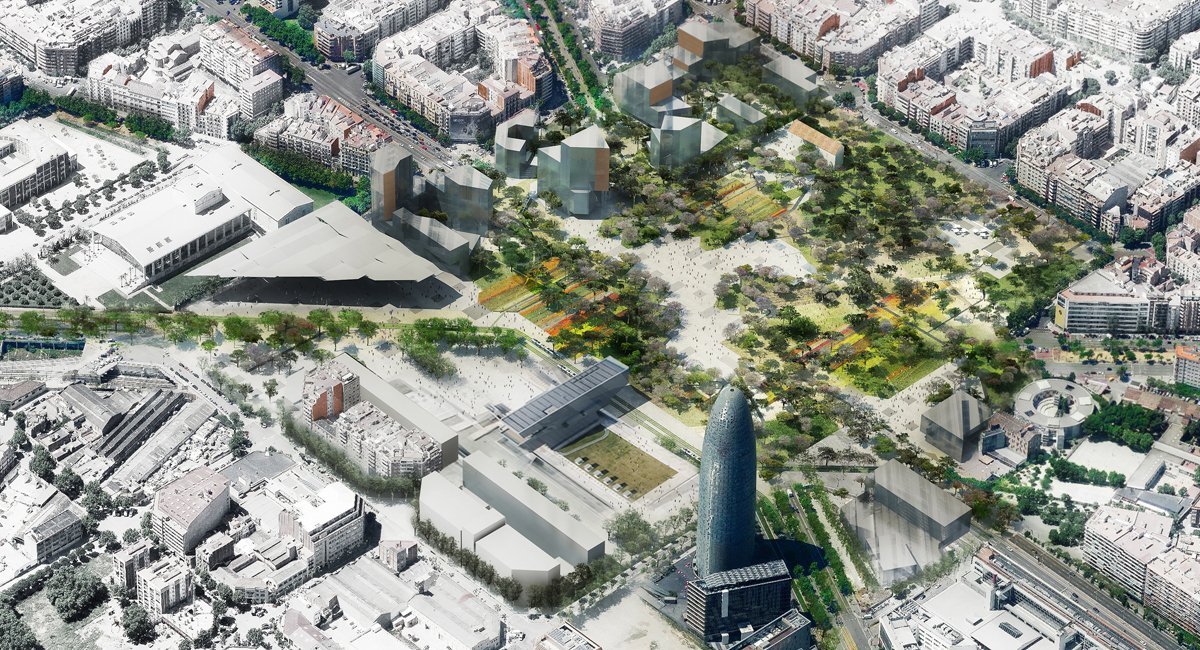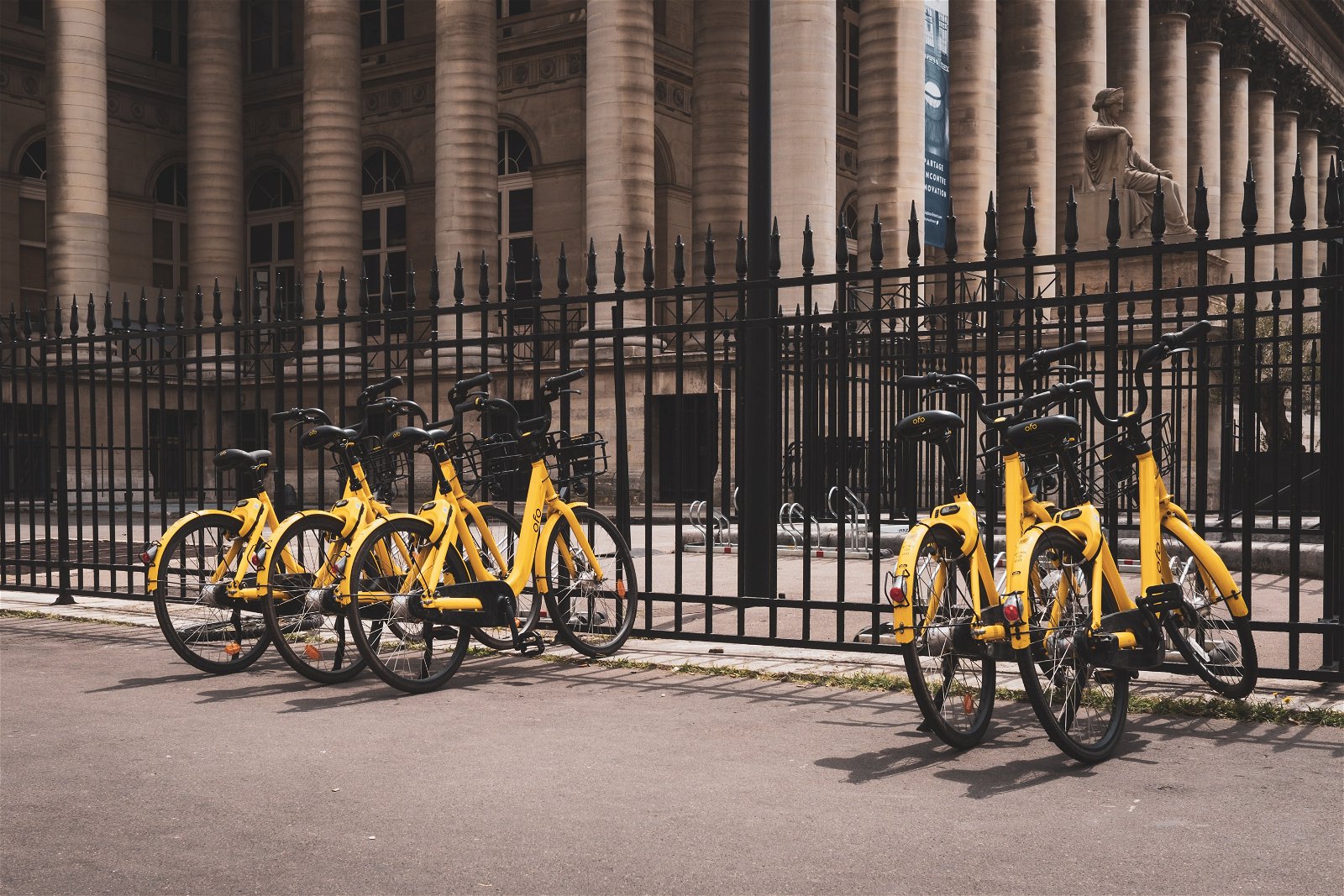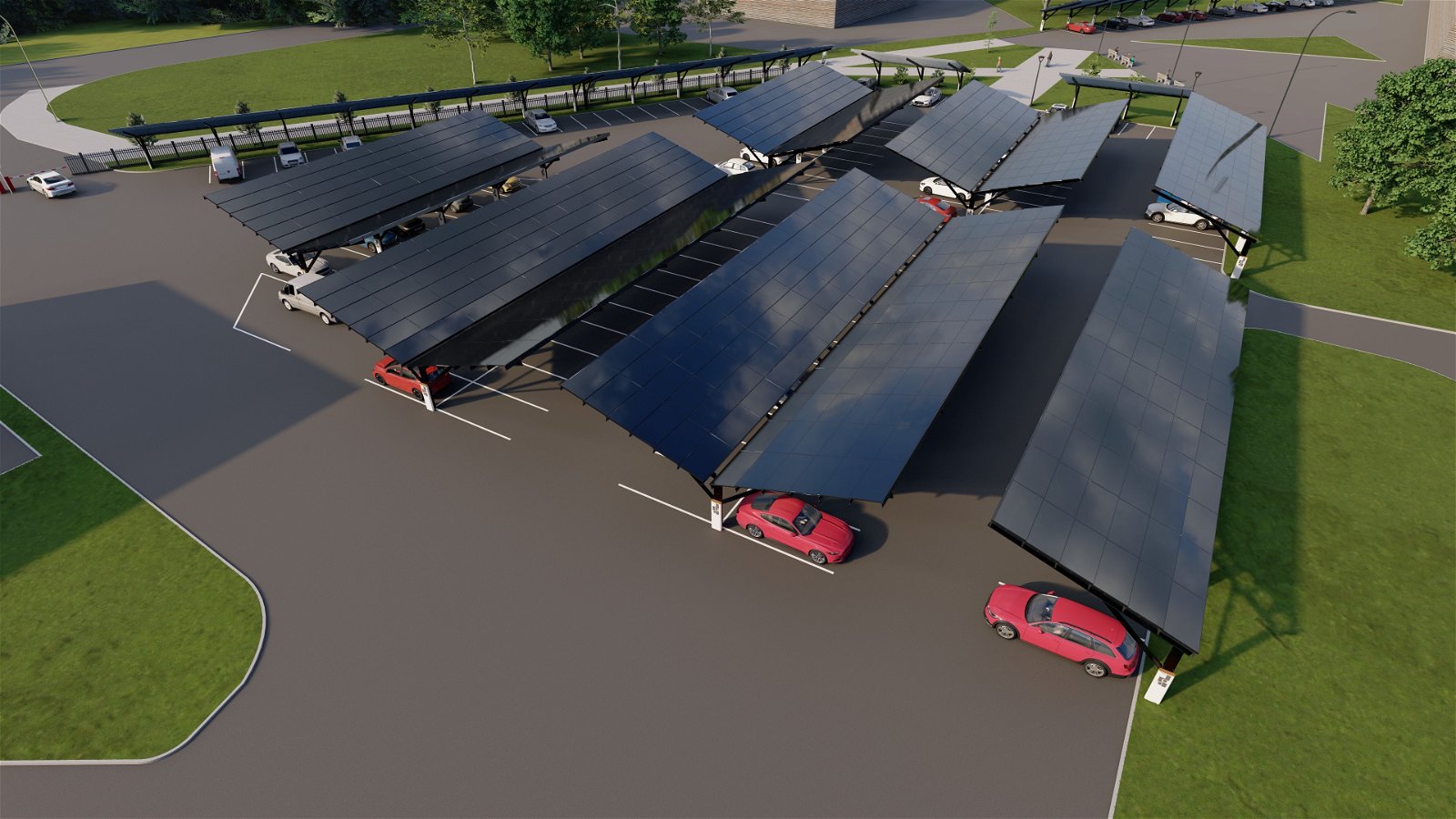What's next for the urban ecosystem?


· 11 min read
Today, parking lots are widespread in cities worldwide, but they are also notorious for their negative environmental impact. As sustainability concerns become increasingly important, urban planners and developers are exploring new ways to create greener and more livable cities. Europe is leading the charge in sustainable parking solutions, with innovative ideas always emerging. One such solution is the integration of solar carports into urban areas. These structures provide shade and shelter for vehicles while harnessing solar energy, promoting a cleaner and more sustainable future.
Get ready to discover the incredible ways solar carports can transform urban living, from generating clean energy to providing shade and shelter for your vehicle. Additionally, solar carports can be integrated with other sustainable solutions, such as electric vehicle charging stations, to create a holistic approach to sustainability in urban areas. By embracing these solutions, cities can reduce their reliance on fossil fuels and contribute to a more sustainable future.
From electric vehicles to walkable communities and green stormwater management techniques, how we park our cars is changing rapidly across Europe. With more and more people questioning the need for car ownership, urban planners and developers are embracing innovative solutions to create more sustainable, livable cities.
Join us as we delve into the exciting world of sustainable parking, from the electric vehicle revolution to the power of communication in driving change.
As the popularity of electric vehicles grows in Europe, the demand for EV charging infrastructure is increasing. According to the European Alternative Fuels Observatory, there were over 2.24 million electric vehicles on European roads in 2020, and by 2025 the European Commission expects an almost sixfold increase.
This has spurred innovation in parking lot design, with developers incorporating charging stations, solar panels, and other green technologies. For example, the government in the United Kingdom has invested £1.3 billion to accelerate the transition to electric vehicles and improve EV infrastructure, including charging stations in parking lots.

Image author: Andrew Roberts on Unsplash
Many European cities are transforming their parking lots into mixed-use developments with amenities like housing, retail, and green spaces. This creates more walkable, livable communities that reduce reliance on cars.
Barcelona is leading the charge in transforming its parking lots into green oases, like the stunning park and public square that now replaces an ugly parking lot in the city centre. In Copenhagen, the city's goal is for 50% of all trips to be made by bike by 2025, and it has converted several parking lots into parks and playgrounds.
Plaça de les Glòries Catalanes, Barcelona

Image author: Bruno Remoué & Associats
Some European cities have implemented innovative stormwater management techniques, such as permeable paving and green roofs, to address the water pollution caused by parking lots.
For example, in Berlin, the city has implemented permeable paving in parking lots to allow rainwater to infiltrate the ground and reduce runoff. In Rotterdam, the city has implemented green roofs on parking lots, which help absorb and store rainwater and reduce runoff.
Dakpark Rotterdam

Image author: Green Cities Europe
With the rise of sustainable transportation options like biking, walking, and public transit, many Europeans question the need to own a car. According to a survey by Eurobarometer, 70% of Europeans think owning a car is unnecessary to live a fulfilling life. This has led to decreased demand for parking, particularly in urban areas where space is at a premium.
In France, for example, the government has set a goal of halving the number of cars on the road by 2050 and has implemented policies to promote car-sharing and bike-sharing programs.

Image author: VizAforMemories ... on Unsplash
Clear communication among stakeholders is essential in the transition to sustainable parking. The European Parking Association is collaborating with other organisations to promote sustainable parking practices in cities across Europe, such as car-sharing and bike-sharing programs. By working together, we can create parking solutions that are both sustainable and socially responsible.
The world is waking up to the urgency of sustainability, and cities are rising to the challenge with bold and innovative ideas for creating livable, green spaces. A holistic and self-sufficient ecosystem, where different components work together to achieve common goals, is essential to achieving this vision. In this context, solar carports represent an excellent example of renewable energy technology that can help support and enhance an existing aspiration.
Solar carports provide shade and shelter for vehicles while harnessing solar energy through photovoltaic panels. They can be integrated with other sustainable solutions, such as electric vehicle charging stations, to create a more comprehensive and holistic approach to sustainability. By combining these systems, different components can achieve common goals, such as transitioning to renewable energy sources.
Solarstone private collection

For example, by incorporating electric vehicle charging stations into solar carports, the adoption of electric cars can be promoted, reducing the carbon footprint of transportation. The electricity used to power the EVs can also be generated on-site, further reducing emissions and promoting sustainability. Additionally, any excess energy generated by the solar carport can be stored in batteries or sold back to the grid for credits, potentially resulting in cost savings for the owner.
In urban areas with limited space, solar carports can be a practical and sustainable solution for parking lots, providing multiple benefits such as generating clean and renewable energy, reducing carbon emissions, and providing shade and shelter for vehicles. By installing solar carports in urban areas, cities can reduce their reliance on fossil fuels and contribute to a more environmentally friendly future.
Solarstone private collection

In conclusion, solar carports can be an important component of sustainable urban well-being. Solar carports can support and enhance existing sustainable solutions by harnessing solar energy, reducing reliance on fossil fuels, and promoting the adoption of electric vehicles. As the world continues to embrace the importance of sustainability, solar carports will undoubtedly play an essential role in promoting a cleaner and more sustainable future.
Several studies have shown that solar carports can improve the quality of life for city residents. By providing shaded parking areas, solar carports help to ease the urban heat island effect and reduce the need for air conditioning in parked vehicles. This alone can help reduce energy consumption and lower costs for drivers.
Moreover, solar carports are an effective way for cities to reduce their reliance on fossil fuels and contribute to the transition toward a more sustainable and low-carbon future. According to a report by the International Energy Agency (IEA), the buildings and construction sector account for 39% of global energy-related CO2 emissions. By generating electricity from renewable sources, such as solar power, cities can reduce their carbon footprint and mitigate the negative environmental impacts of traditional energy sources.
Studies have also shown that installing renewable energy creates more jobs per unit of electricity generated than any other energy source. This can be particularly important in urban areas, where unemployment rates may be higher, and job creation is a top priority for local governments. In addition to job creation, installing solar carports and other solar urban infrastructure can stimulate economic growth and help create a more resilient city.
In addition, solar carports can help to reduce the negative environmental impacts of traditional energy sources and enhance the resilience of cities in the face of natural disasters or other emergencies.
"Cities and companies are increasingly turning to solar carports to meet their ESG targets, but they also serve as a practical solution for energy security,"
says Tarvo Kärgenberg, Head of Solar Infrastructure at Solarstone.
"In the event of extreme weather conditions, traditional power lines can be cut off, leaving communities and businesses without power. However, solar carports provide a reliable source of energy that can act as a backup during these times of need. This ensures that businesses can continue to operate and provides communities with access to power for essential services such as hospitals, emergency services, and communication networks.”
He added:
“By investing in solar carports, cities and companies are not only demonstrating their commitment to sustainability but also acting responsibly by preparing for unexpected events that could otherwise cause significant disruptions."
Solar carports are a game-changer for sustainable cities, delivering a powerful impact that ripples the entire community. Not only can they generate clean and renewable energy, but they also have the potential to create jobs and stimulate economic growth. By transforming parking lots into mixed-use developments with green spaces, cities can create more walkable, livable communities that reduce reliance on cars and improve the quality of life for residents.
Several successful solar carport projects have been implemented across Europe, for example:
Disneyland Paris sustainable parking lot

Image author: WDW News Today
Solar carports offer the dual benefit of generating clean energy and protecting cars from the elements. Solar carports are the ultimate win-win, offering a powerful antidote to urban air pollution while strengthening our cities' resilience to climate change shocks.
Solar carports have the power to transform our cities, but they face significant challenges that must be overcome to make them a reality. One major challenge is the high installation cost, which may deter some city planners and developers from pursuing this solution. However, as the cost of solar photovoltaic (PV) technology continues to decline, the economic viability of solar carports is becoming more attractive.
Another challenge is the availability of suitable land for installing solar carports, particularly in densely populated cities where finding available land for new infrastructure projects can be challenging. However, cities can explore innovative solutions, such as installing solar energy-generating rooftops. This strategy utilises existing infrastructure and the available space to generate renewable energy.
In conclusion, solar carports offer a promising solution to the problem of urban parking space in European cities. With their potential to provide clean energy, create jobs, and enhance the resilience of cities in the face of climate change, solar carports are an essential tool for creating a sustainable future for urban transportation.
As sustainability concerns continue to gain traction, there is a growing push to rethink the role of parking lots in creating greener, more livable cities. In Europe, there are many exciting developments in sustainable parking solutions, from the rise of electric vehicles to innovative stormwater management techniques and changing attitudes toward car ownership. By exploring new sustainable parking solutions and working together to promote them, we can create greener, more livable cities that benefit both people and the planet.
illuminem Voices is a democratic space presenting the thoughts and opinions of leading Sustainability & Energy writers, their opinions do not necessarily represent those of illuminem.
illuminem briefings

Electric Vehicles · Green Tech
illuminem briefings

Social Responsibility · Sustainable Mobility
illuminem sustainability job listings

Corporate Sustainability · Environmental Sustainability
H2-View

Hydrogen · Sustainable Mobility
BBC

Electric Vehicles · Public Governance
Euronews

Sustainable Mobility · Climate Change